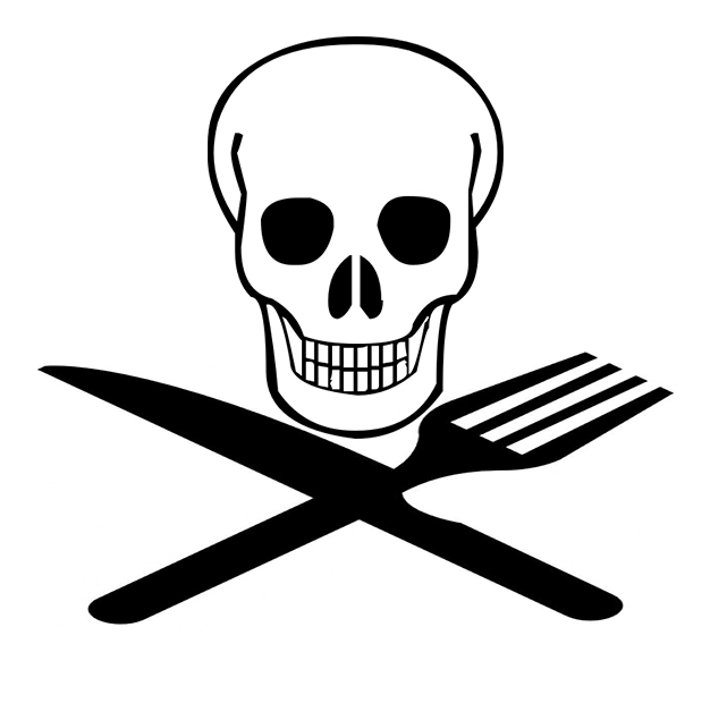Orthorexia nervosa potential byproduct of health trends

Dieting can be a consuming lifestyle habit for Americans. As new trends focus more on the pursuit of health than losing weight, the popularity of “superfood” health products — like green smoothies and luxury mushroom powders — range from intuitive to bizarre and expensive.
Mindful eating is a good thing. Making sure one consumes a normal amount of calories, balanced macros, and supplementing for vitamins and minerals that one might miss is part of taking care of our bodies.
On the dark side, an obsession with healthy, or “clean” eating can be a sign of “orthorexia,” a term created by Dr. Steven Bratman in 1998.
In an interview with NPR, Bratman, an alternative medicine practitioner, said he created the term to explain patients who were being too strict, often asking him what foods they should remove from their diets. He said the term helped patients move from extremism to moderation.
Orthorexia nervosa is a relatively new and unstudied eating disorder, compared to better understood disorders like anorexia nervosa and bulimia nervosa.
Currently, orthorexia is not formally recognized in the Diagnostic and Statistical Manual of Mental Disorders, and there is no scientific consensus on its symptoms or treatments.
For now, orthorexia is often treated as part of another disorder, like obsessive compulsive disorder, or general anxiety disorder.
The American Psychological Association explains that an eating disorder is abnormal eating habits that can threaten one’s health, or even one’s life.
Orthorexia can be harmful when patients limit their diets to “safe,” or “clean” food to the point of under-eating, malnourishment, or obsessive behavior that consumes their lifestyle.
Blogger and Instagram influencer, Lee Tilghmam of Lee from America, returned to the internet this summer after a four-month hiatus. Before the break, Tilghman was known for outlandish food habits, like eating different seeds during her menstrual cycle. In her blog post, “I Was a Wellness Blogger Until I Realized I Had an Eating Disorder,” Tilghman writes that before her break from social media, she was the unhealthiest she had ever been.
She said her preoccupation with avoiding plastics, toxins, sugar, gluten, dairy and soy was an obsession that affected every aspect of her life.
This is consistent with known symptoms of orthorexia, listed by nationaleatingdisorders.org, such as a compulsion to check ingredient lists and nutrition labels, cutting out an increasing number of food groups, and an inability to eat anything but a narrow group of “safe” foods. Unlike other eating disorders, body image concerns may or may not be resent.
Tilghman clarifies that her experiences are personal, that many people can engage in a diet without becoming obsessive, but for her, it wasn’t possible.
Lee said she entered treatment for her disordered eating during her hiatus, and continues to work with health professionals.
According to Global Wellness Institute, the wellness industry is a $4.2 trillion global industry. This economic force includes wellness tourism, fitness, personal beauty care, and weight loss products.
As the industry keeps growing, it’s likely more influencers and corporations will continue to push these health trends that hitch on consumerism.
As awareness of orthorexia grows, it’s beneficial to remember that eating disorders can exhibit non-traditional symptoms and still be damaging.
The National Eating Disorders Association says there is currently no clinical treatment for orthorexia, but experts can treat the disorder as a type of anorexia and/or OCD. Treatment usually involves psychotherapy to increase variety in diet and weight restoration.
One can find resources for eating disorders at nationaleatingdisorders.org or text NEDA to 741741.
